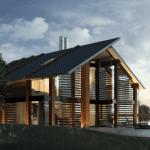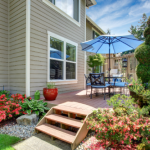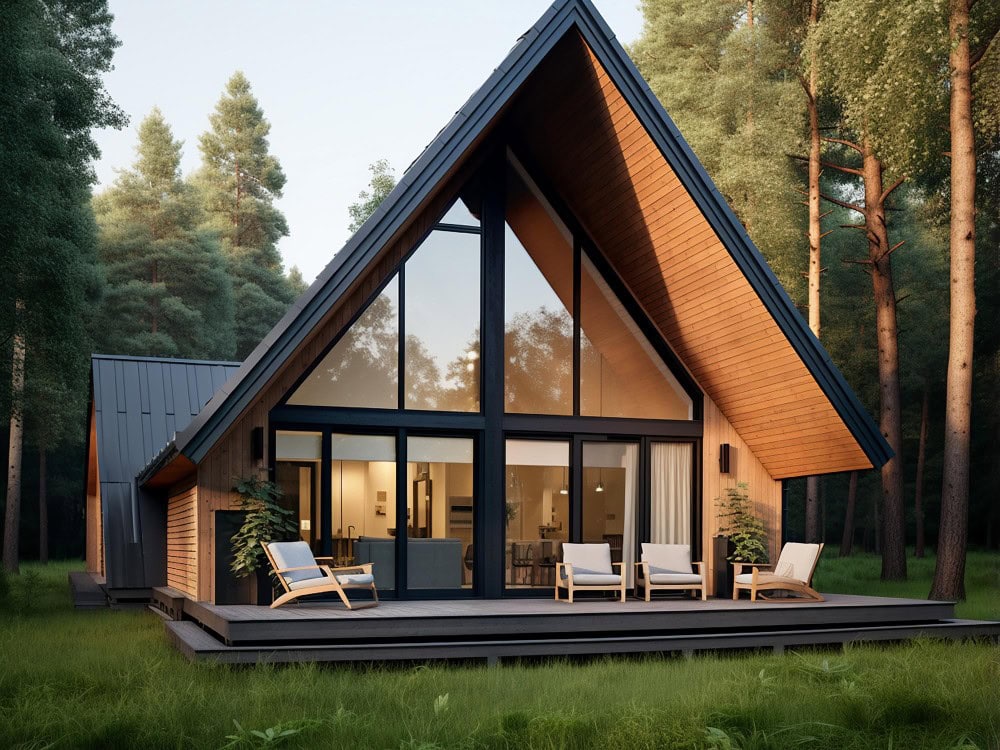
The concept of tiny house living has captured the imagination of people worldwide, offering a simplified lifestyle that reduces costs and environmental impact. For families, embracing this compact way of living comes with its own unique set of challenges and benefits. This blog post explores how families can successfully adapt to tiny house living, ensuring that small spaces work efficiently and comfortably for everyone involved.
What Defines a Tiny House?
A tiny house is generally defined as a dwelling that is 400 square feet or less, either on wheels or a permanent foundation. Beyond just its size, the tiny house movement is also about simplifying life, focusing on living with less, and being more environmentally conscious. These homes challenge traditional beliefs about what is necessary for comfortable living and encourage a shift towards minimalism and sustainability.
Benefits of Tiny House Living for Families
One of the most compelling benefits of tiny house living for families is the significant reduction in living costs. Tiny homes are cheaper to build, buy, and maintain than traditional houses. The reduced square footage lowers the cost of heating, cooling, and electricity. Additionally, tiny living can bring families closer together. With smaller spaces, interactions become more frequent and meaningful, which can strengthen family bonds. Lastly, the environmental benefits are considerable. Tiny homes use fewer resources in construction and maintenance, which contributes to a smaller carbon footprint.
Challenges of Tiny House Living for Families
Despite the benefits, tiny house living comes with distinct challenges, particularly for families. Space is at a premium, which can lead to feelings of cramped living and lack of privacy. Families need to be creative with their living arrangements and may need to adjust their lifestyle significantly to fit into a smaller space. Additionally, storage becomes a critical issue, as there’s less room for possessions, which can be particularly challenging for families with children who have lots of toys, clothes, and equipment. Moreover, navigating zoning laws and building codes can be a hurdle since many areas still do not have clear regulations for tiny houses, potentially complicating the settling process.
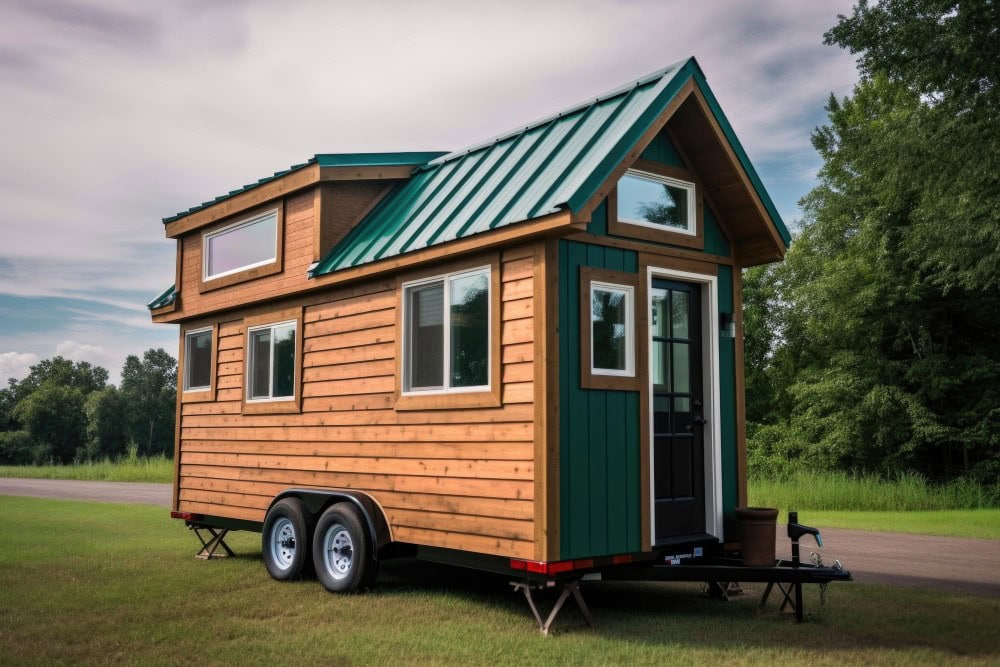
Design Strategies to Maximize Space
To make a tiny house feel comfortable for a family, efficient use of space is key. Design strategies such as the use of multi-functional furniture are essential. For example, beds with storage underneath, fold-down tables, and convertible sofas can serve dual purposes while saving space. Utilizing vertical space effectively can also make a huge difference. Installing loft beds for sleeping frees up floor space for other uses. Similarly, high shelves and ceiling-mounted storage can keep daily necessities within reach without cluttering the living area. Open floor plans are common in tiny houses, and using light colors on walls and floors can make these small spaces appear larger and more inviting.
Innovative Storage Solutions
For families living in tiny houses, creative storage solutions are a must. Utilizing every inch effectively is key to maintaining an organized and functional living space. Hidden storage options, such as under-floor compartments, can be invaluable for stowing away seasonal items or less frequently used goods without taking up precious living space. Built-in cabinets and multi-use furniture not only provide necessary storage but also help in keeping the house tidy and clutter-free. Regular decluttering is another crucial habit for tiny house families, as it ensures that only essential items take up space.
Making Room for Personal Space
In a tiny house, personal space can be hard to come by, but it is essential for individual well-being, especially when living as a family. Creative solutions such as curtain dividers or foldable partitions can help carve out ‘private’ areas in a shared space. For families, it’s also important to utilize outdoor living areas, such as decks or gardens, to extend the available living space. These areas can provide a much-needed retreat or a quiet place to read, relax, or play.
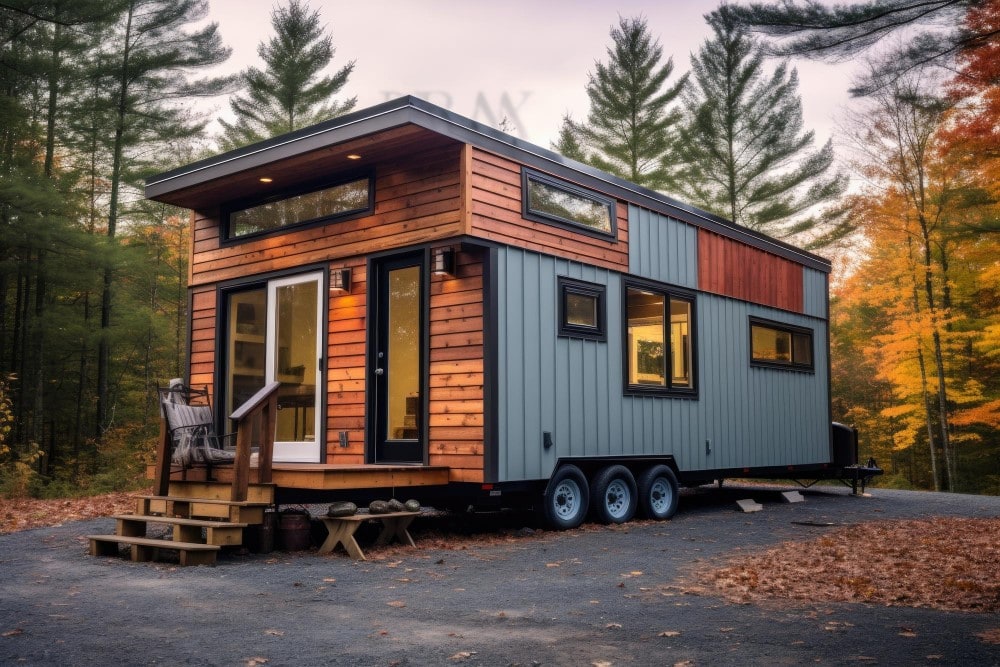
Community and Lifestyle
Many tiny house owners find community in like-minded groups or tiny house developments where shared amenities like laundries and recreational areas enhance living experiences. Living in a tiny house often involves lifestyle adjustments that include becoming more community-minded. Families might share resources more frequently and engage in community activities, which can enrich their social interactions and provide broader supportive networks crucial for thriving in smaller quarters.
Real-life Success Stories
Highlighting real-life examples provides inspiration and practical insights into tiny house living. For instance, a family of four who moved into a tiny house to reduce their living expenses and live a more environmentally sustainable lifestyle found that, beyond the financial benefits, their relationships with each other deepened. Sharing their daily experiences online, they offer a glimpse into the creative ways they’ve maximized their space and embraced a minimalist lifestyle, showing potential tiny house dwellers that such a life is not only feasible but also enriching.
Conclusion
Tiny houses for families are not just about downsizing physical space; they are about redefining what makes a home. This lifestyle encourages families to prioritize relationships and experiences over possessions, offering both challenges and remarkable benefits. From financial savings to a lower environmental footprint and stronger family bonds, the advantages can be significant. However, the success of living in a tiny house depends on effective design, innovative storage solutions, and a willingness to embrace community and adapt lifestyles. For families considering this shift, the journey to tiny living offers a path to not only simplifying their lives but also enriching them in ways they may not have imagined. Whether through the lens of those who have already taken the plunge or by envisioning potential adjustments to their living arrangements, the tiny house movement provides a compelling blueprint for family living in the modern age.

